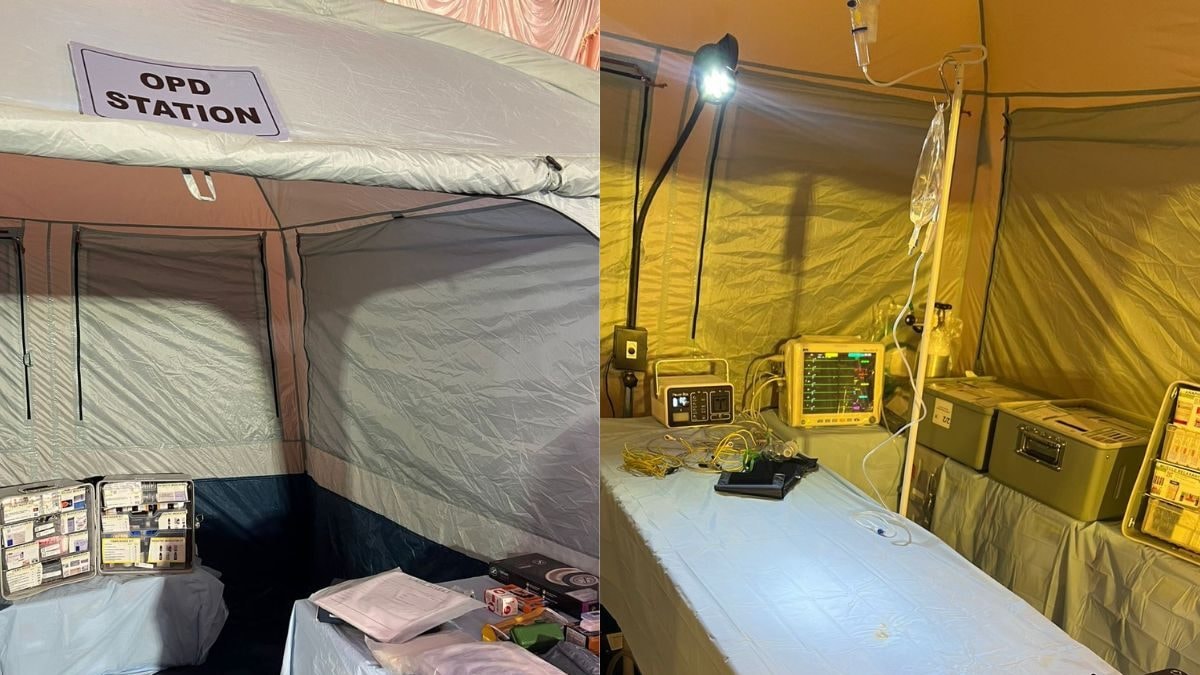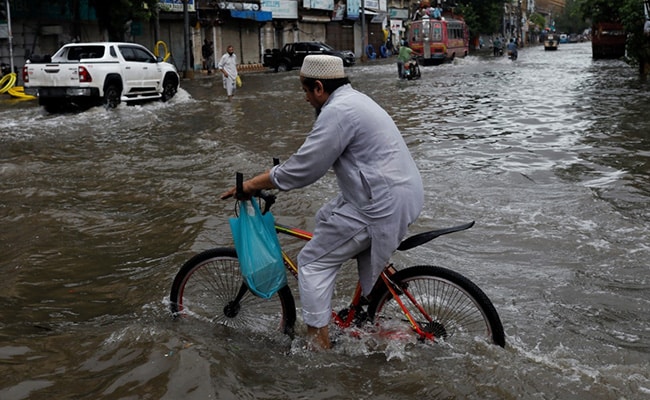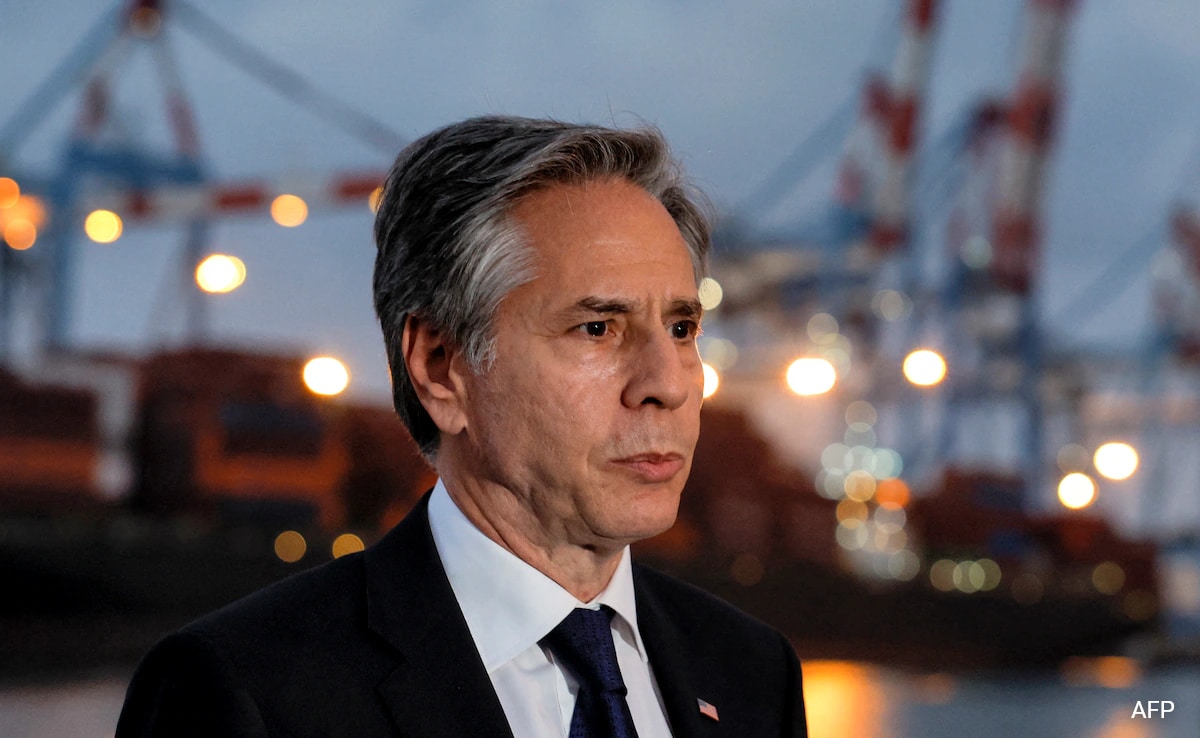A response team and two “one-of-a-kind” portable hospital units deployed by the Uttar Pradesh government are part of the special arrangements, keeping in mind the huge influx of devotees in Ayodhya on the ‘pran pratistha’ of Ram Lalla idol. 22 January.
The Central Government has made these arrangements in case of any untoward incident like natural disaster or situation like stampede. An indigenous portable hospital – Arogya Maitri Aid Cube-Bhishma – will be equipped with equipment designed to enhance disaster response and medical support during emergencies.
This cutting-edge technology integrates Artificial Intelligence (AI), Internet of Things (IoT) and data analytics. It will facilitate effective coordination, real-time monitoring and efficient management of medical services in the areas where it is deployed.
The portable hospital developed as part of the ambitious Bheeshma (India Health Initiative Collaboration Hit and Maitri) project is a shining example of ‘Make in India’, and is being used for the first time in India in Ayodhya.
“It is a completely mobile unit that can be divided into 72 parts and can be carried by hand or on a bicycle or even a drone if required. It can be broken down and assembled and can be functional in about 15 minutes, Tanmay Roy, head of the Arogya Maitri Taskforce, told News18.
“We have all types of equipment, from ECG to ventilators. Its entire purpose is to save as many lives as possible. Medicines and equipment can deal with disasters. Even forest fires or disasters in hilly areas,” Roy said.
The Arogya Maitri Cube is modular in design and has two of these, called master cubes, that can be linked together to support up to 200 survivors. To increase the efficiency of the disaster hospital, a tablet-based application has been developed to operate all 72 cubes.
The kit includes a portable generator, including both conventional and solar panel-based options, ensuring reliable power supply for the entire setup. All devices can be charged, which will promote sustainability in disaster relief operations.
Each unit has a medical store, a laboratory with a solar-powered unit to perform over 24 tests, an out-patient department that displays medical reports where you can study an X-ray in three seconds and a solar There is an energy operated emergency operation theatre.
The Cube was initially designed to help India’s neighbours, as two such units have been sent to Myanmar and Sri Lanka.
Additionally, the Government of Uttar Pradesh has augmented the existing medical services by setting up a control room in the Mela area, setting up 16 first aid booths and setting up two fully equipped temporary field hospitals, one with 20 beds and one with 10 beds, at Tulsi Udyan. Both tent cities Ayodhya will remain operational 24 hours.
The state government has also taken vector-control and disease surveillance measures. A team from JPNA Trauma Center, AIIMS, New Delhi has conducted a capacity building exercise providing training on Basic Life Support (BLS), Cardiopulmonary Resuscitation (CPR), triage techniques, emergency and trauma care for all healthcare workers.
Follow us on Google news ,Twitter , and Join Whatsapp Group of thelocalreport.in



